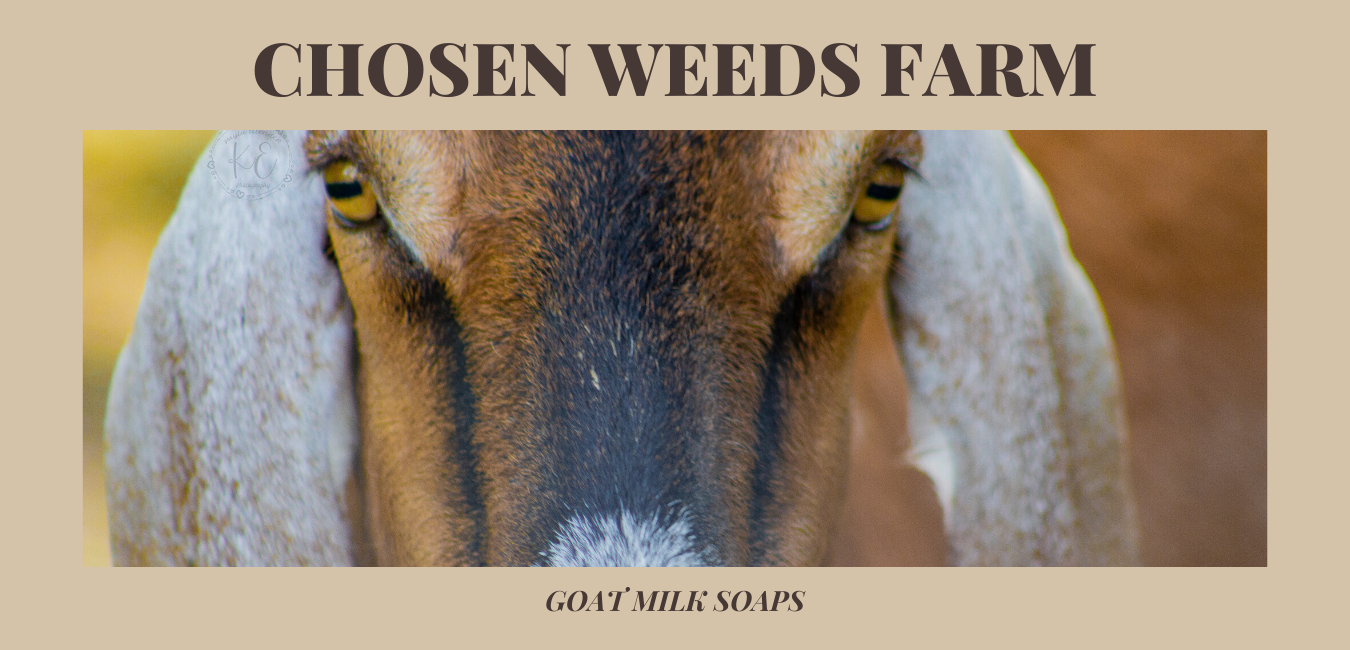Nasturtium

If you know me, you know that everything we grow here at The Chosen Weeds Farm serves a purpose, and when it can serve more the one, all the better. Nasturtium falls in to that category. They are super easy to grow. In fact, they thrive on neglect and will grow well in un-amended soil. So those of you that feel like you don’t have a green thumb, this might be a good plant for you to start with.
All the parts are edible (huge plus for me), and the flowers attracted beneficial insects. Add to that, they are really pretty to look at! Nasturtium comes by it’s name in a rather unusual way. “During the late 1700s, the famous Swedish botanist Carolus Linnaeus noted the similarity in appearance between the plant’s brilliant flowers and the gold (and often blood-stained) helmets — called tropaea — worn by ancient Roman warriors. Hence the Latin name Tropaeolum [1]” In Latin nasturtium literally means “nose twist,” or something that wrings the nose like a strong smell [2].
Where to Grow
Nasturtiums grow quickly from seed and, depending on the variety, can be grown as climbers on fences and trellises or as bushy plants in a window boxes, along garden borders, and containers. We have both. They flower best in full sun, but still grow well in partly shaded locations, especially in hot-summer areas. They love cool, damp, well-drained soil. If plants begin to wilt in the heat of summer, cut them back and they’ll regrow and flower again when cooler weather arrives in fall. I have planted them along the bed borders (bushing variety) and also alongside the cucumbers and pole beans (vining variety).

Harvesting and Use
Really the culinary uses are endless. The leaves have a peppery taste and make a great addition to a salad (FYI….the more heat-stressed the plant, the more pungent the leaves and flowers will taste). You really only need a few leaves as they will over power your dishes. The seed pods can be pickled [1], and the leaves can be stuffed like grape leaves. Other uses include stir-fries, cook them with pasta, quiches, and stuff the flowers.
“Nasturtiums are nutritionally dense, as their leaves contain significant levels of vitamin C and iron. Medicinally they are known to be useful in breaking up congestion of the respiratory system and they provide excellent relief from colds. Likewise, nasturtium is said to encourage the formation of blood cells and can be given as a blood purifier and detoxifier[3]”
These pretty little plants have become a staple in our garden. I encourage you to give them a try. You might be glad you did.
Sources:
- http://www.motherearthnews.com/real-food/nasturtium-zmaz82mjzglo
- http://www.dictionary.com/browse/nasturtium
- https://frugallysustainable.com/nasturtiums-the-beautiful-nutritious-and-easy-to-grow-edible-flower/

Permalink